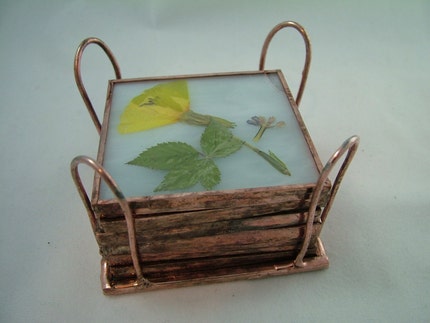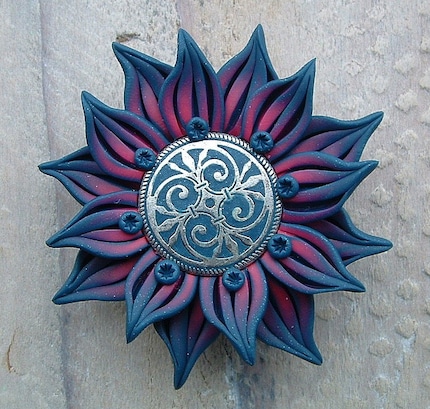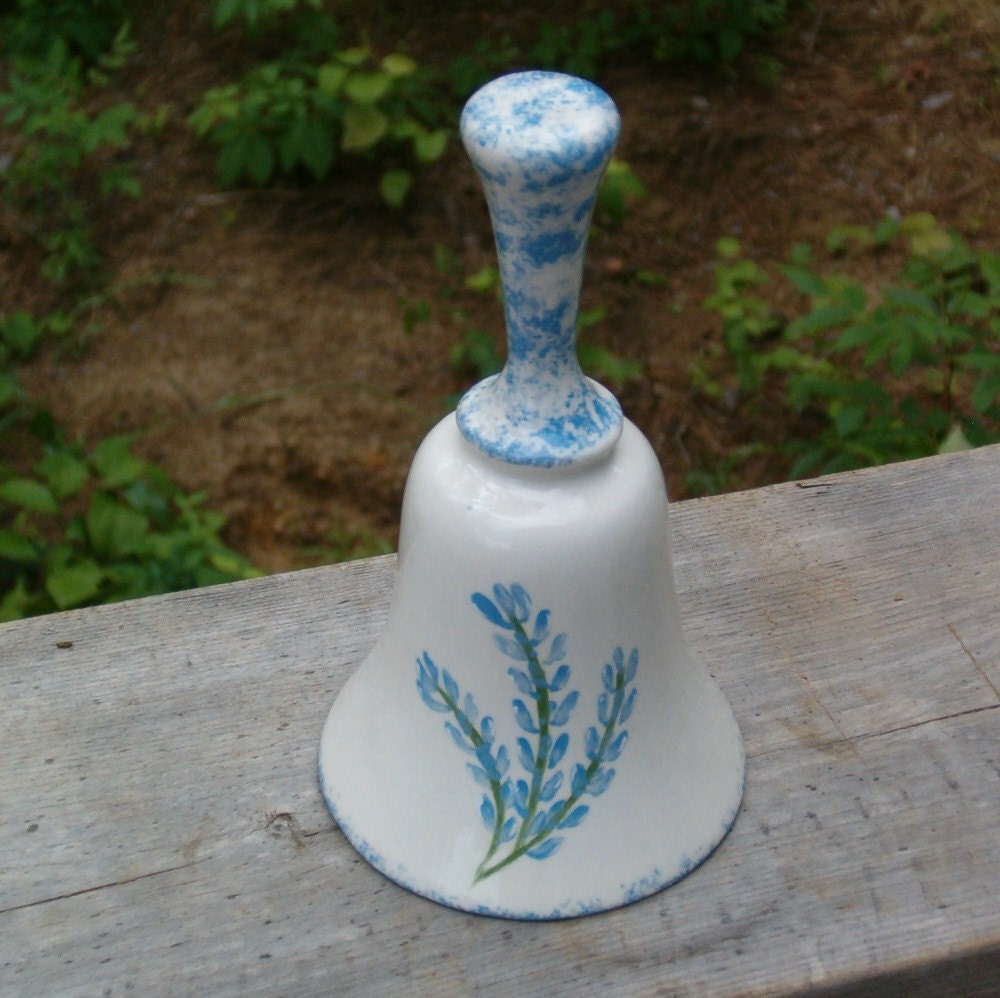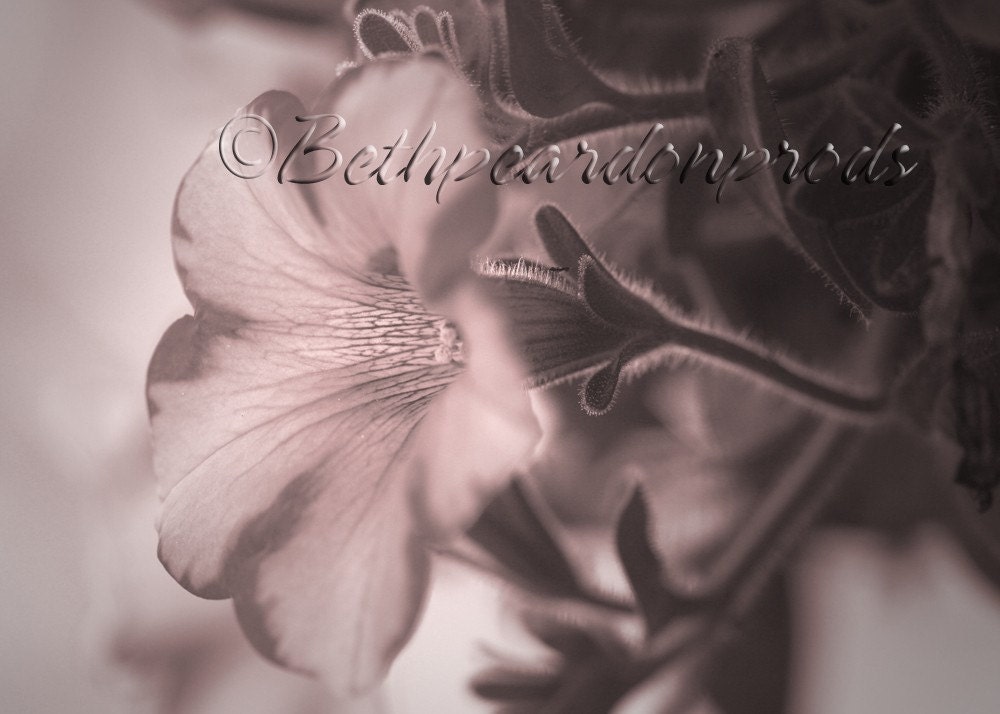What do a nosegay, corsage and boutonniere all share in common? The answer, of course, is that all three are floral arrangements of some kind. Although flowers today are more ornamental than not, during the middle ages a nosegay tucked in a lapel masked the odors of people who bathed infrequently, seldom washed their clothes, had no indoor plumbing, and were surrounded by livestock. Gradually, however, flowers began to be used in other ways. Women wove the stems of flowers into garlands worn around their heads, as evidenced by Anne of Cleves, who wore a garland of rosemary when she married King Henry the VIII.
During the mid-1600s flowers were worn or carried by both men and women. Men wore boutonnieres, and both men and women carried a tight circular cluster of flowers and herbs called tussie-mussies. Whether you were rich or poor, you brought a nosegay with you when you went visiting. Flowers were a part of country fairs, weddings and religious services, much as they are today.
Most people associate the language of flowers, also called “floriography,†with the reign of QueenVictoria. Finishing schools, where gentle manners and proper decorum were taught, included courses in the art of flower appreciation. Each flower and herb came to represent something special. Mothers taught their daughters how to make hand bouquets, and tussie-mussies were considered fashionable accessories to carry or wear, and were said to have been used to send coded messages. Whether this is actually true or not is questionable, but poets and writers certainly used the language of flowers in this fashion. Dictionaries of floriography were published, with some of the common flowers being represented as follows:
- Daffodil – regard
- Daisies – purity and innocence
- Dandelion – coquetry, or flirting
- Elderflower – compassion
- Iris – sending a message
- Ivy – fidelity
- Jonquil – return of affection
- Lilac (purple) – first signs of love
- Pansy – thought
- Red roses – passionate, romantic love
- Sunflowers – haughtiness, or respect
- White clover – promise
- White roses – virtue and chastity
- Yellow roses– friendship or devotion
- Yellow tulip – hopeless love
The practice of assigning meaning to flowers, however, does not belong solely to Queen Victoria. Wherever the language of flowers is used, it is based on a mixture of mythology, folklore, literature, faith and some of the flowers’ physical characteristics. During both the middle ages and the Renaissance, flowers were used to express concepts of morality. Saints, for example, were associated with specific flowers, such as the lily that symbolized purity. The Japanese also have their own flower language called “hanakotoba†whose meanings differ from their Western counterparts. The Turkish people have a language called “selam†that consists of both flowers and objects. Brent Elliott of the Royal Horticultural Society indicates that selam is not so much a language as it is a tool for helping people remember lines of poetry. The names of objects, in other words, rhyme with lines of poetry.
Whether you express yourself using the Victorian, Japanese, Turkish or any other language of flowers, one fact is certain. Flowers today embellish our garments, our décor and even our bodies, as evidenced by these items sold in BBEST members’ shops.(To look at these items, click on the photo.)
Midnight Blue Flower Focal Bead, by ZudaGay
Bluebonnet Bell, by JillsTreasureChest
Pretty Purple Neck Warmer, by CBBasement
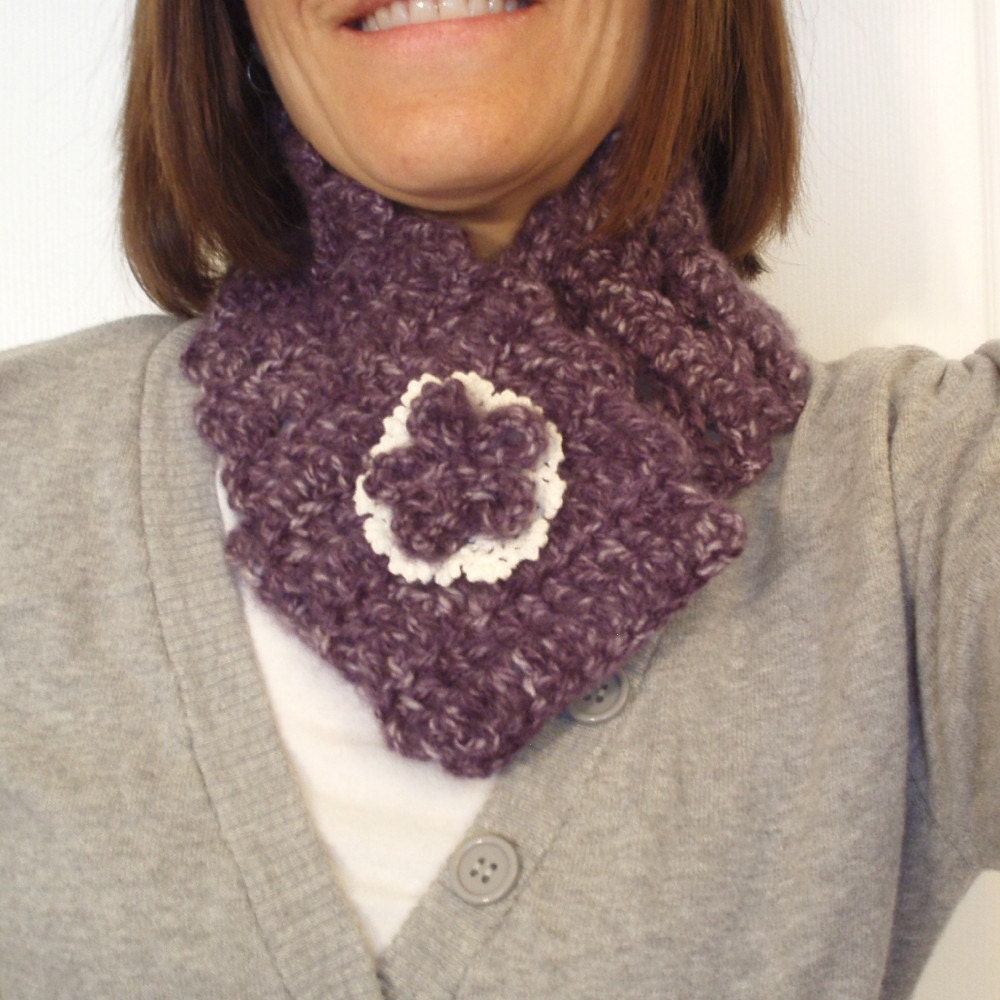
Flowers and Frida Nicho, by VanFleetStreetDesign
Orange Tulip Original Painting, by heronkate
Original Print Sepia Petunia, by BethPeardonProds
To learn more about the language of flowers, consult the following resources:
Tussie-Mussies, the Victorian Art of Expressing Yourself in the Language of Flowers, by Geraldine Adamich Laufer
Flowers, the Angels’ Alphabet: The Language and Poetry of Flowers, by Susan Loy
© 2009 Judy Nolan. All rights reserved. Please note that the images in this post are owned by the artists and may not be used without permission. Simultaneously published at http://boomersandbeyond.blogspot.com.

